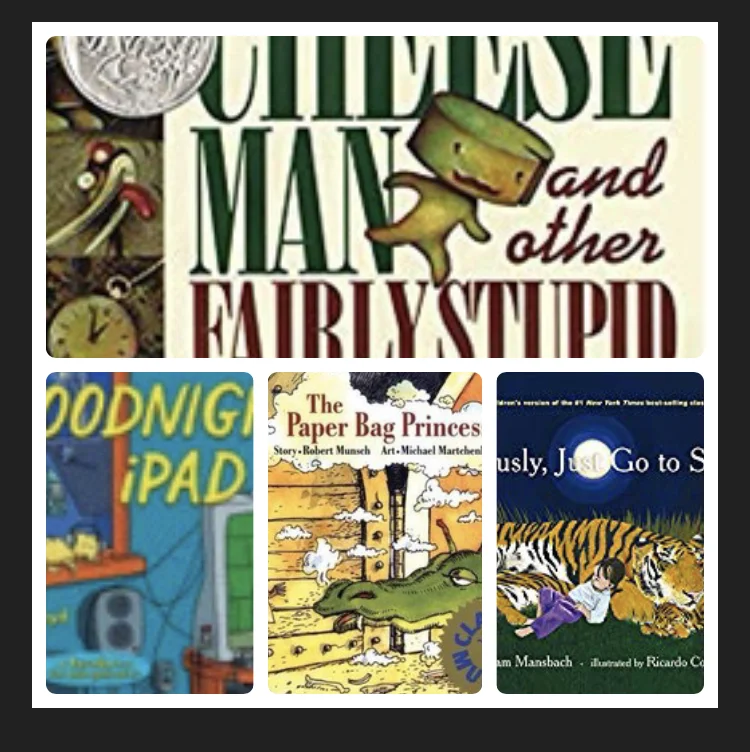Shooting Hoops and Learning: Integrating Basketball into Preschool Curriculum
While your preschool students might not become the next Jayson Tatum, Giannis Antetokounmpo, or Caitlin Clark, basketball-related lesson plans offer a fantastic way to introduce math and science concepts while enhancing gross motor skills and vocabulary.
Here are a few examples of simple basketball-themed activities for young learners:
Measuring Heights: Most adjustable children's hoops (plastic or metal) provide an excellent opportunity for measurement. Guide students to measure the hoop at various heights using traditional tools like tape measures and rulers, as well as non-standard units like connecting Unifix cubes.
Free Throw and Three-Point Lines: Introduce the concepts of free throw and three-point lines. Have students help determine the appropriate distances for these lines based on their hoop's height. Encourage the use of both standard and non-standard measuring tools to mark the lines.
Data Collection and Charting: Create charts to track the number of made and missed shots. Initially, model chart creation for students. Gradually, encourage them to independently create their own charts, either on paper or using chalk. This activity reinforces data collection, counting, and comparison skills.
Exploring Ball Properties: Introduce a variety of balls (basketballs, mini basketballs, kickballs, bouncy balls, soccer balls) and guide students to compare their properties. Discuss weight, bounce height, and ease of shooting.
Basketball Vocabulary: Incorporate basketball-specific vocabulary (foul, dribbling, slam dunk, etc.) into gameplay and discussions. Enhance learning by reading basketball-themed books (like "B is for Baller") and watching highlights of NBA and WNBA games.
Creative Play: After showing students a video of a slam dunk contest, inspire them to create their own "dunk contest" by lowering the hoop and encouraging creative dunking techniques.
Following Local Teams: Engage students by following local basketball teams. Create charts to track wins and losses. Consider a field trip to a local college game or inviting college players to visit the school.
March Madness (Simplified): In March, introduce a simplified March Madness-style bracket (without any monetary exchanges, of course) and guide students through the tournament.
Remember: While structured activities are valuable, it's crucial to provide ample time for unstructured, free-play basketball. This allows children to develop their gross motor skills while enjoying the game.
By incorporating these engaging basketball-themed activities, you can create a fun and enriching learning experience for your preschoolers.





